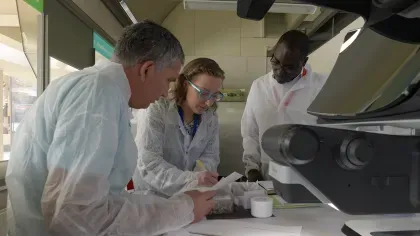21 October 2025
8 min read
Memories from helping to create the Millennium Seed Bank and its Partnership
As we celebrate the 25th anniversary of the Millennium Seed Bank (MSB), I think back on life during its origins.

I'm fortunate to be able to look back on over 30 years based at Wakehurst as the Millennium Seed Bank's partnership coordinator for the Americas, dedicated to conserving plants through seed banking and international collaboration.
In that time I’ve seen the evolution of the MSB from a simple notebook sketch to a world-class science building at the heart of a global partnership, using seeds to help solve our planet’s challenges.
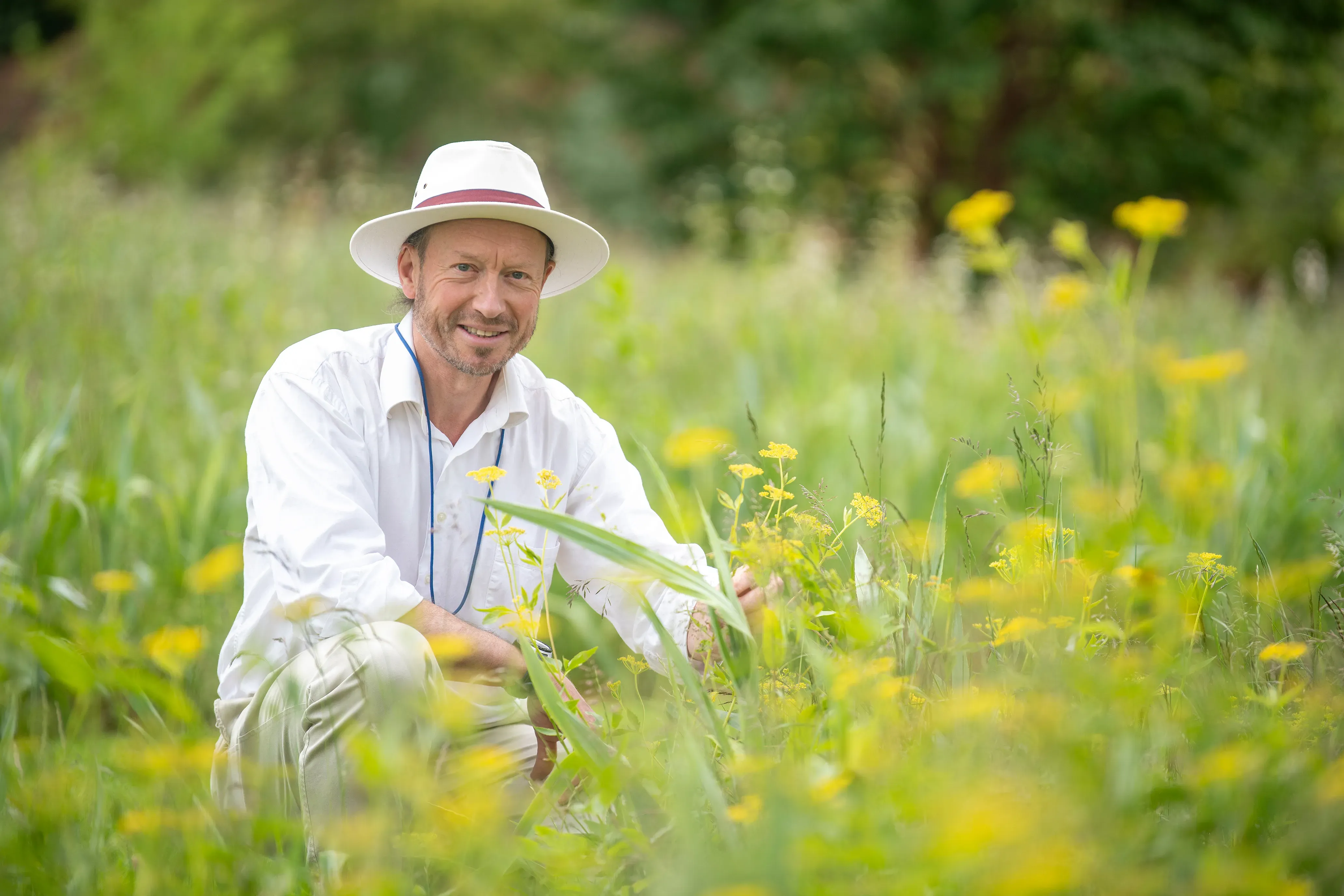
What brought me to Kew’s Wakehurst site?
Kew employed its first seed researcher in 1964, and a decade later transferred its seed collections to Wakehurst, where a small seed bank team adapted techniques from crops to successfully store seed from wild plants.
After several years as a young graduate biologist working with landowners on habitat protection and management, I was recruited to the seed bank team in 1993 as ‘Americas seed collector’, supporting the expanding international scope of the team.
In my interview I remember showing an ability to recognise key plant groups, masses of confidence in running field expeditions, and a strong ethic about our responsibilities to local communities and collaborators. For communication skills I remember being challenged to ask in Spanish ‘‘what is the fastest way to the top of that mountain’’ which proved a useful test.
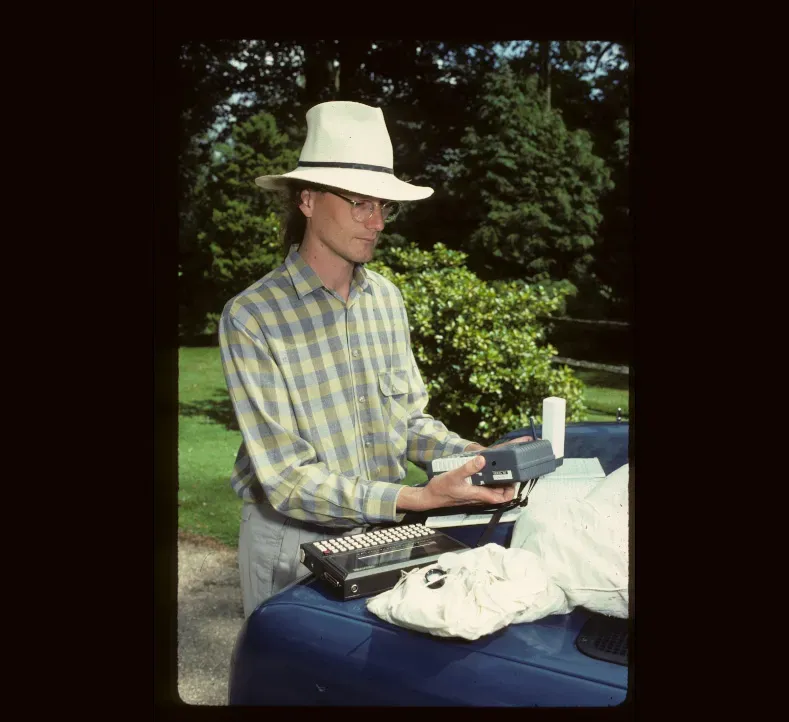
The early years at Wakehurst: preparing the case for expansion
At Wakehurst the seed bank team led by Roger Smith had shown the effectiveness of seed banking for wild plants and was looking to expand this initiative globally. Kew management was adjusting to life with a Board of Trustees rather than a Minister of Agriculture in charge, and was discussing questions from the 1990 external review of Kew’s science.
Is Kew the best place to be developing a seed bank for wild plants?
What is the ultimate ambition for the seed bank given the need for additional resources to expand its work further?
On my first day I read the evidence gathered for the Trustee’s Science Policy Committee in 1992 which responded to these questions with a clear rationale for expansion.
Based upstairs in the Mansion, I worked alongside our first seed collector for Africa, Dr Hew Prendergast and his successor, Dr Michiel van Slageren, to plan expeditions and to put into action the latest techniques for sampling, data recording, and seed handling. These approaches were based on latest research designed to sample as much genetic diversity from plant populations as safely possible, and bring back seed samples with a long potential lifespan in storage.
But it was obvious that two full-time seed collectors, carrying out several expeditions per year of up to four weeks each, could not save plant species fast enough. Other global pressures were driving them to extinction.
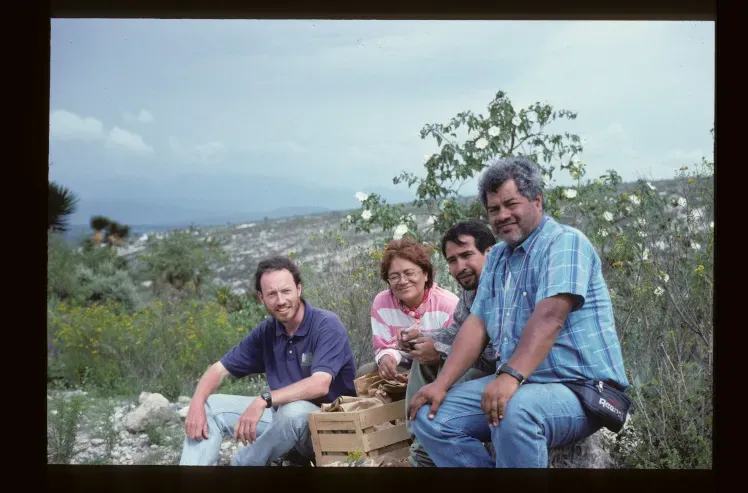
Going Global - the role for partnerships in the Millennium Seed Bank
Between 1994 and 1997 I spent much of my working time in the drylands of Mexico, Brazil, Venezuela, and USA (I think I ran ten substantial expeditions in these countries).
It was a privilege to spend weeks at a time exploring the best-preserved forests, shrublands and deserts of the Americas in the company of local botanists, and making friendships that endured well beyond individual projects. The fieldwork was so vital and compelling that I remember being surprised when our team in Venezuela insisted on taking a day off after seven full days of fieldwork starting at 4.30am.
On every trip I was honing my field skills and learning about the priorities, capabilities and needs of our local scientific counterparts. This knowledge helped me advise our team on the respective roles that Kew and our partners could play in future seed banking cooperation.
I was also spending a lot of time in government permit and protected area offices and learning a lot about regulations for collecting and moving plant materials, so I jumped at the chance to participate in policy and practice dialogue between botanic gardens, led by expert environmental lawyer, Kerry ten Kate.
This detailed work led to a package of benefit-sharing policies and access agreements (policies on the equitable sharing of benefits from nature’s genetic resources) that helped us align our Kew strategy with the new Convention on Biological Diversity, signed at the 1992 Rio Earth Summit.

The Millennium Seed Bank Project
I remember the new National Lottery being announced in 1994 with some funding dedicated to marking the Millennium, ‘to celebrate the past Millennium and to look forward to the next’.
Here we had an opportunity to submit an ambitious proposal to the new Millennium Commission, transforming the seed collecting rate in the UK and internationally, and moving the expanding seed collection into a flagship new seed bank.
The needs of the seeds always came first but it was exciting to see plans for study bedrooms that would allow short and long term visits from around the world, and the public ‘Winter Garden’ taking shape from an initial sketch by former student, Dr Gillian Wechsberg who was contracted to help put the bid together.
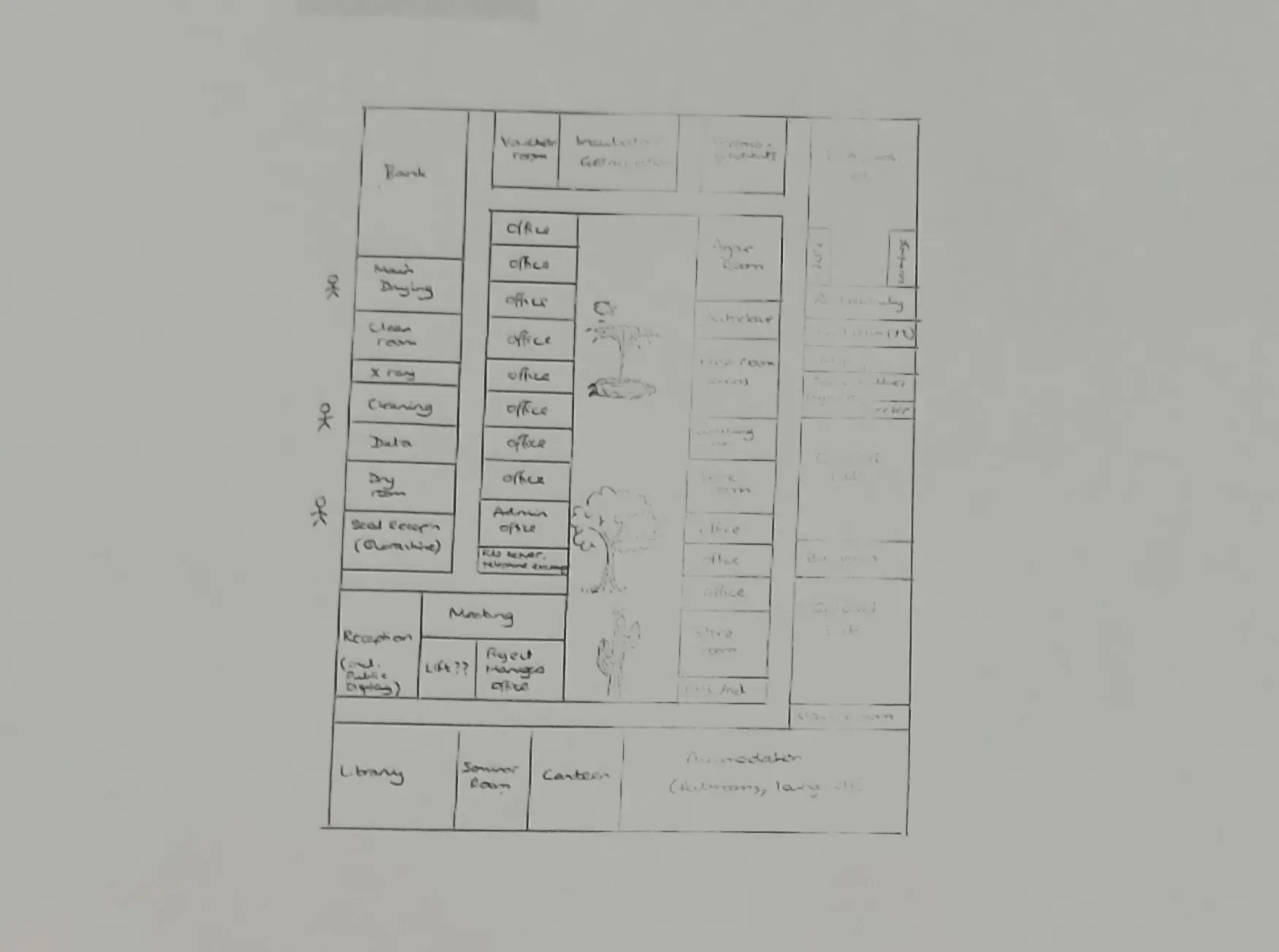
Guided by Kew’s Director, Sir Iain Prance to make plant conservation central to the proposal, we consulted our collaborators around the world and were spurred on by the positive responses.
In 1995, it was thrilling to hear that our bid to the Millennium Commission had been successfully awarded a £30m grant.
I was honoured to attend the launch of the MSB funding appeal in 1996 at St James Palace with then HRH Prince Charles and Sir David Attenborough, and the Kew Foundation’s ambitious matched funding targets were reached, a massive team effort.
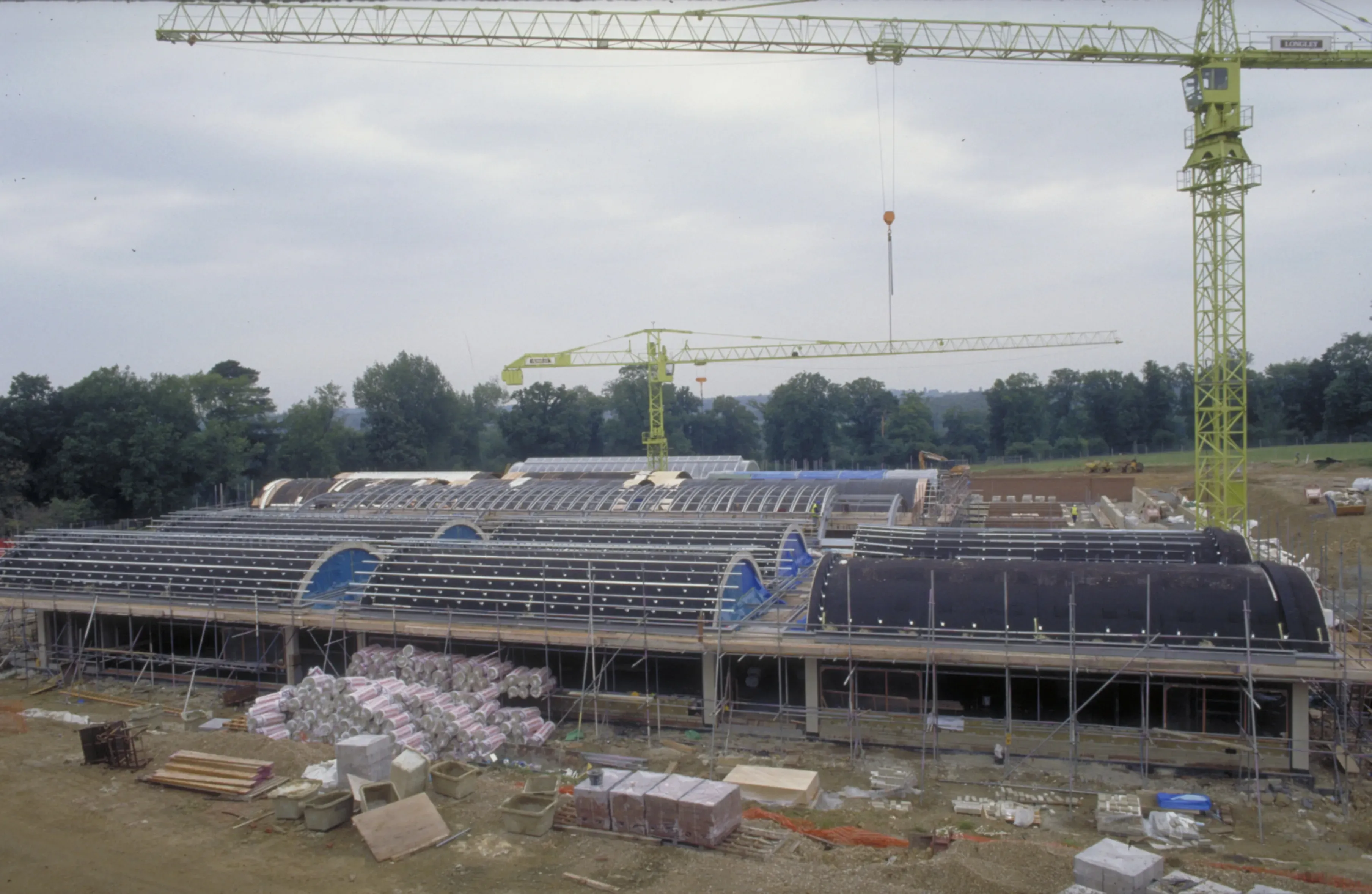
Life as the MSB took shape
Before the full-scale international programme took off in 2000, I saw an opportunity to pause my Americas work and I dedicated the years 1998 and 1999 to the seed collecting partnerships closer to home, focussing on the SW peninsula and beautiful channel islands.
Each summer I shuttled up and down the coasts of Dorset, Devon and Cornwall in a hired camper van to meet and provide training to Wildlife Trust, National Trust and volunteer botanists who were protecting some of our rarest and most elusive native plants.
I occasionally managed to schedule a weekend campsite stop with my very young family: these were precious years before the international work picked up speed again in 2000, coinciding with the MSB building’s completion and the arrival of extra staff that were recruited to help.
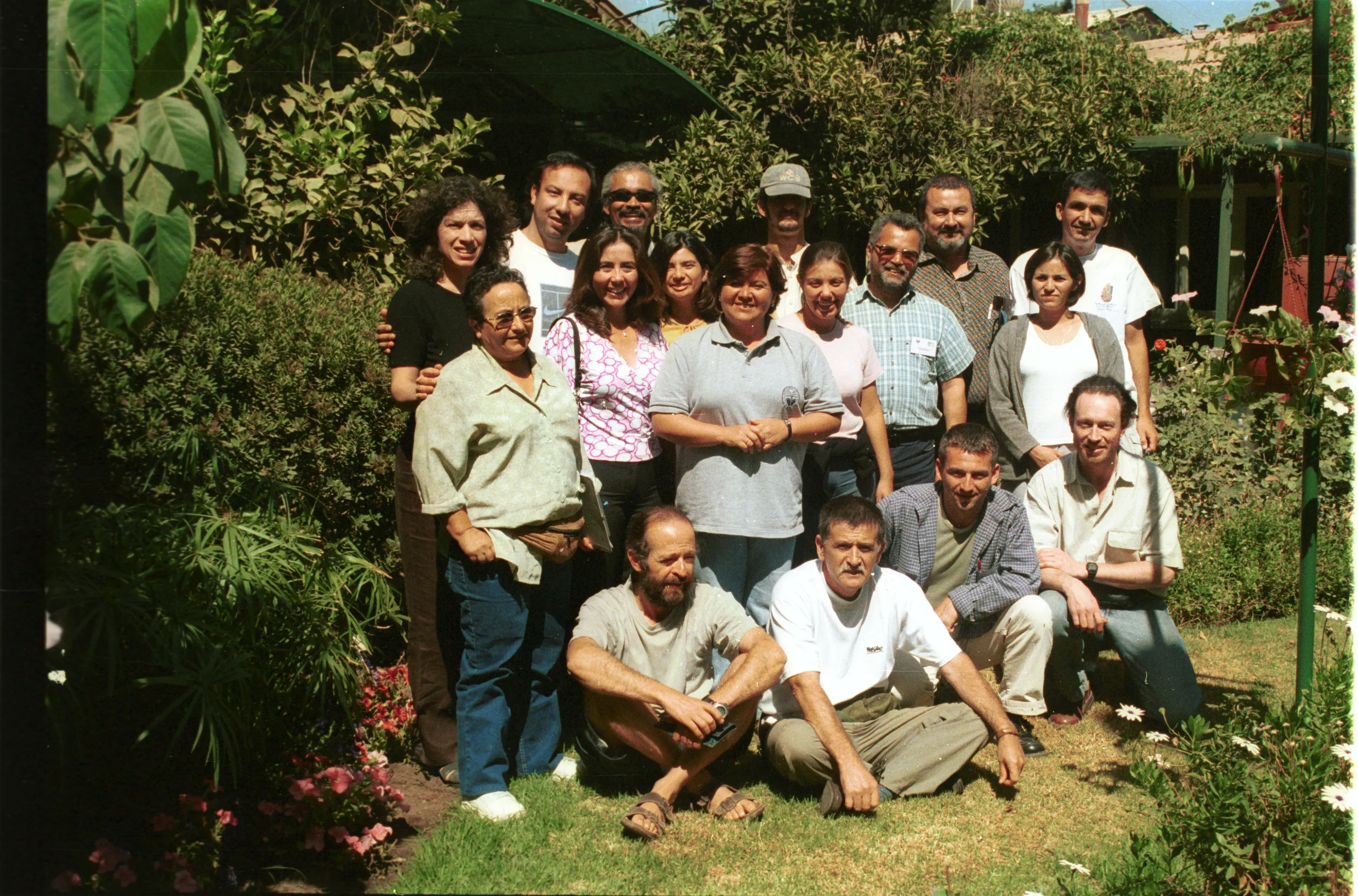
In the earliest days of the Millennium Seed Bank, I was able to negotiate Access and Benefit-Sharing agreements in the USA (Dept of Interior), soon to be followed by agreements with research organisations in Mexico (UNAM) and Chile (INIA).
The regional partnership model that I had proposed was successful in attracting talented coordinators to plan and implement conservation projects strategically across multiple countries, and to channel resources direct to partners needing support for implementation.
Accelerating international cooperation also opened doors for duplicate seed collections from seed banks around the world to be stored at the MSB on a new scale. There was a definite buzz in the corridors as each shipment of seeds arrived, I estimated that each working day, two species would be unpacked that were totally new to seed banking science.
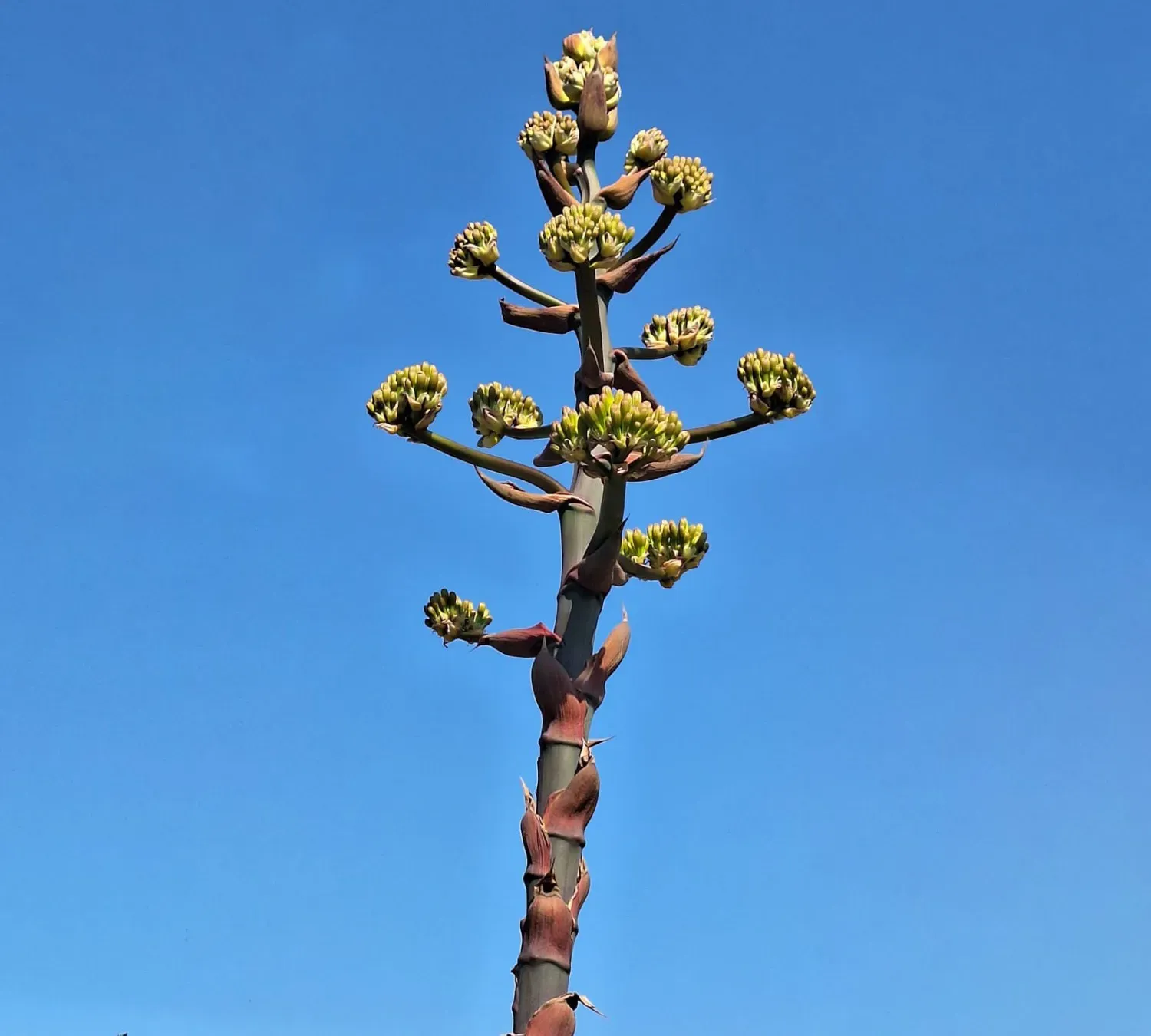
Transformational Change- reflections on our achievements and the future of the MSBP
Its easy to see the legacy provided by the Millennium Seed Bank building and the 2.5 billion seeds that it holds, and equally there have been lasting changes in the wider partnership. An ambitious and well-resourced collecting goal allowed many counterparts to build strong national seed collections and seek new solutions to halt biodiversity decline in their regions.
Our MSB personnel have worked tirelessly to provide a warm welcome to diverse students, visitors and training course participants from around the globe, sharing knowledge, skills and effective solutions to working with the seeds of wild plants.
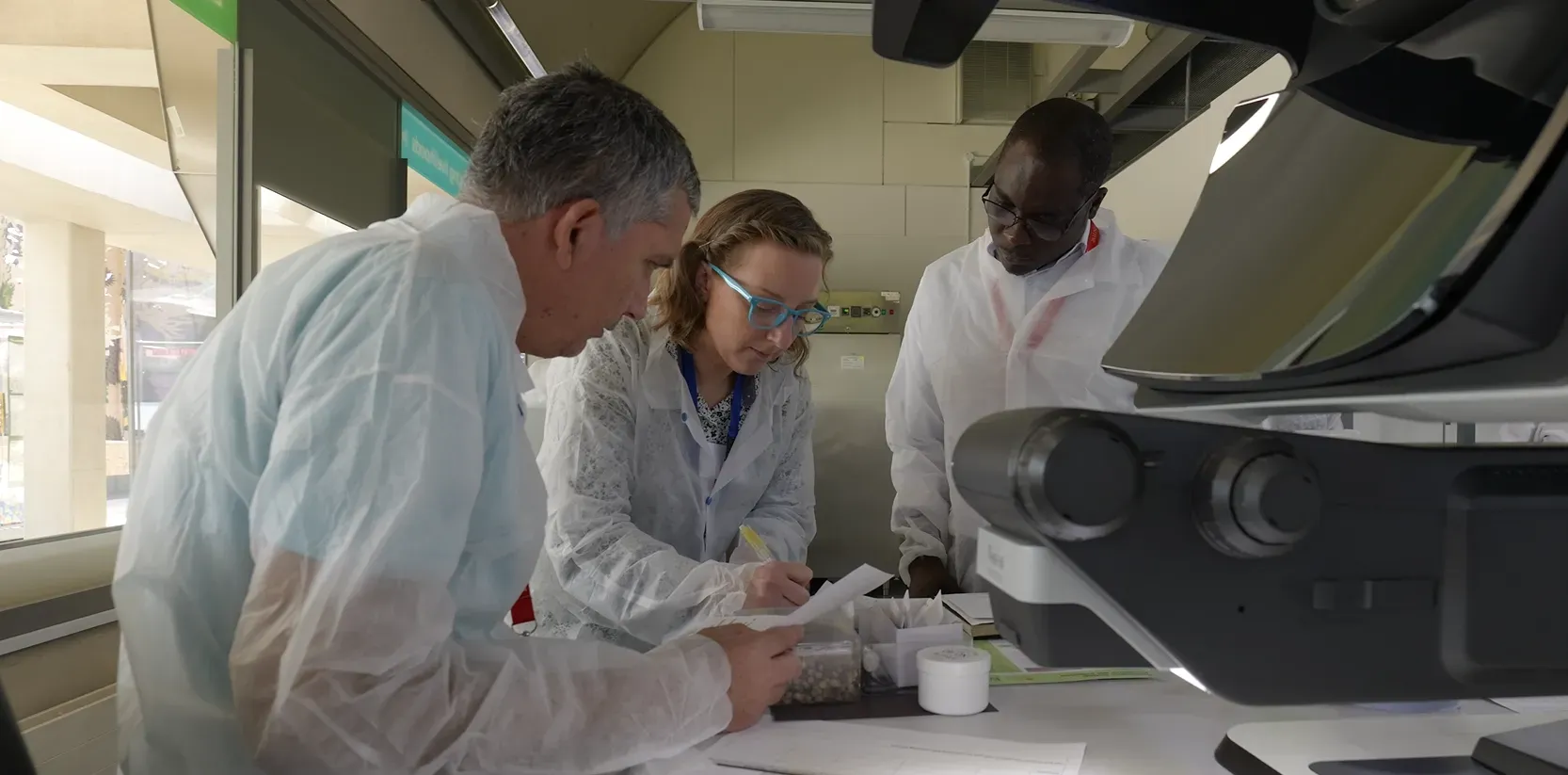
I hope that the leadership shown by the regional seed conservation networks will continue to evolve and go beyond seed banking to help recover lost plant diversity and increase climate change resilience within their plant communities.
At Wakehurst, I’m excited to see the MSB continuing to develop new and improved seed conservation methods that can be shared widely. It fills me with hope to see the trialling of seed use in restoration and species recovery, hand-in-hand with our talented horticulture teams and the development of a conservation & research nursery on-site. Their management of the native habitat ‘parterres’ outside the MSB is already second to none.
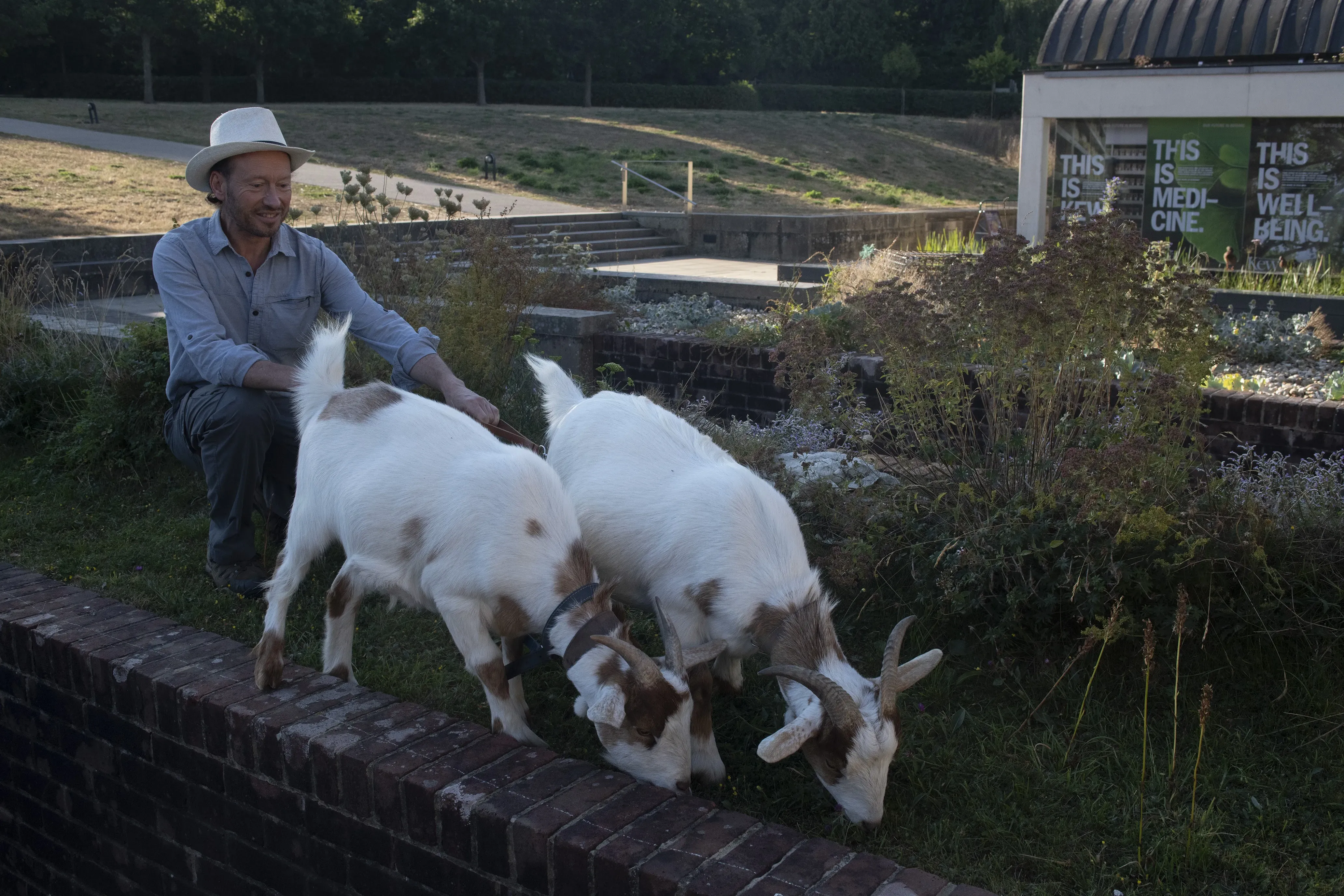
As we expand our training of the next generation of seed conservationists we will introduce on-demand, online delivery courses, but I remain hopeful too that the joy of working and studying directly alongside counterparts in the field, lab or nursery will be something that all of us can share far into the future.
If the relationships that we form today endure for another 25 years, then no doubt they will help the next generation face the challenges ahead with confidence that seeds can be part of the solution.
I’d like to thank all of the experts in their field who have taken time to share knowledge with me and our partners, and made this such a fascinating and rewarding journey.
Happy 25th Anniversary to the MSB.
More from the Millennium Seed Bank
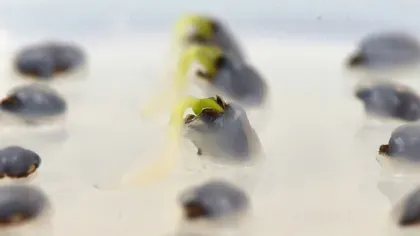
Seed Collection
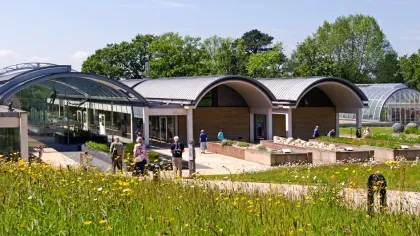
Millennium Seed Bank Partnership
